I don’t know why it works, but it does. The Southbank Centre, a concrete jumble beside the River Thames, separated from the National Theatre by Waterloo Bridge, is multi-layered, bleakly grey, impossible to find your way around without practice. But few places function so beautifully as a space for humans.
Sophie Campbell
Blog
Southbank Centre redux
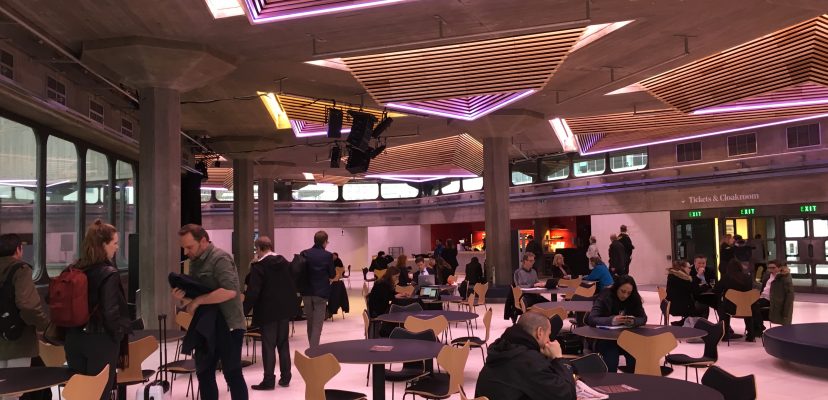
This month sees the completion of a 10-year renovation programme. The Royal Festival Hall, anchor for the 1951 Festival of Britain, was revamped ages ago. The snaggle-roofed 1968 Hayward Gallery reopened in January and now the two 1967 concert venues, the 900-seat Queen Elizabeth Hall and more intimate Purcell Room, have reopened with an impishly nostalgic ‘Concrete Dreams’ backstage tour and celebratory weekend (April 26-29).
You can still get day tickets for the tour: pre-booked tickets sold out fast, but it doesn’t matter. The story is all around you, from the angular mushroom columns to the textured concrete ‘planks’, poured into moulds of Baltic pine to achieve an oddly organic look. It’s like a facsimile building – or an outsize work by Rachel Whiteread.
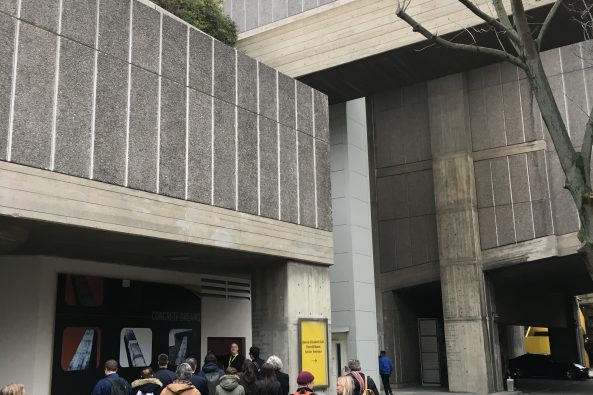
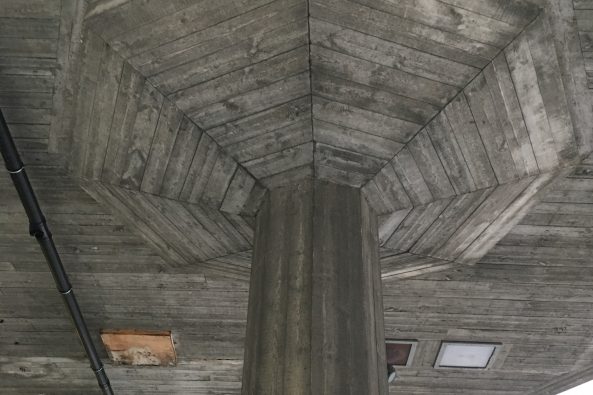
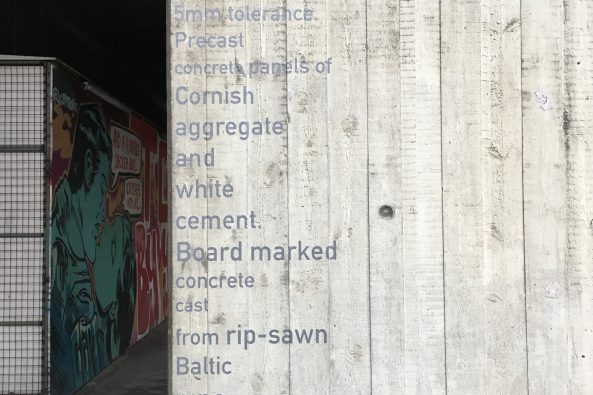
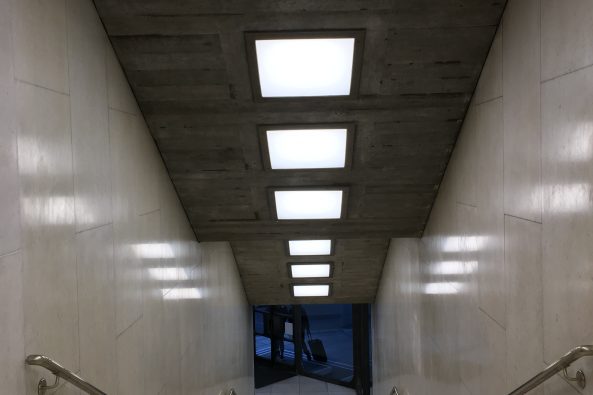
The London County Council architects responsible for what the writer Owen Hatherley calls ‘a faintly sinister essay in a paranoid high Brutalism’ were three young men, two London-born, one from Blackpool, right in the thick of the radical new design aesthetic of the 1960s.
Dennis Crompton, Warren Chalk and Ron Herron, who later formed Archigram, faced the inevitable meddling from above. ‘They wanted to match the Royal Festival Hall,’ said our tour leader Johnny, pointing at the exterior walls, ‘But they ended up with these Cornish aggregate panels, which were a bad compromise, really.’
True, they’re not pretty. But for all its stark modernity, this is a hand-made structure: ‘Hand-drawn, hand-poured,’ he said, ‘It’s actually a wooden building cast in concrete.’
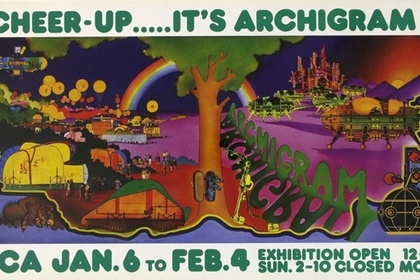
The tour features archive material of the first performers to appear here. Daniel Barenboim and Jacqueline du Pré, newly married. Deep Purple, performing unlit, as if in a school assembly hall. Kinetic Sculpture at the Hayward, the first London gallery to have temporary exhibition spaces instead of a permanent collection.
It hasn’t all been plain sailing on the Southbank. Some people wish to preserve it. Others to flatten it. An early plan to oust the skateboarders, denizens of the concrete undercroft for over 30 years, was seen off by thousands of Londoners signing a petition. Look at former artistic director Jude Kelly’s riposte just for the design images.
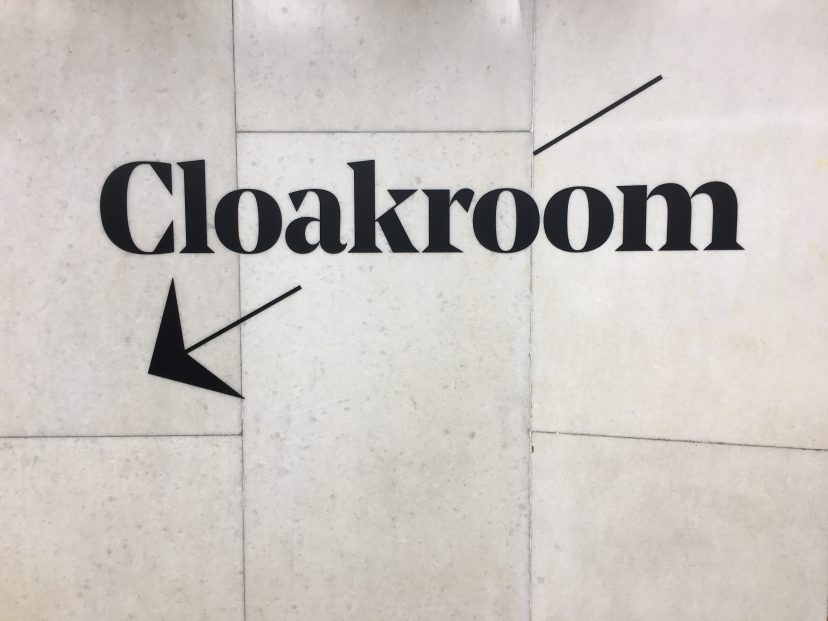
Today, from a visitor’s point of view, it’s a magical space. The Royal Festival Hall bubbles with energy on every level, from impromptu play rehearsals to music exhibitions (currently ABBA), and from its own gamelan ensemble to the much-loved National Poetry Library.
There’s a great rooftop garden bar in summer (follow the yellow stairs), which hosted a Finnish sauna for a blissful period this winter. Areas for the public and for members (£60 a year) are packed with groovy people of all ages.
The events calendar is overwhelming. The river views amazing. Ugly? Bring it on.
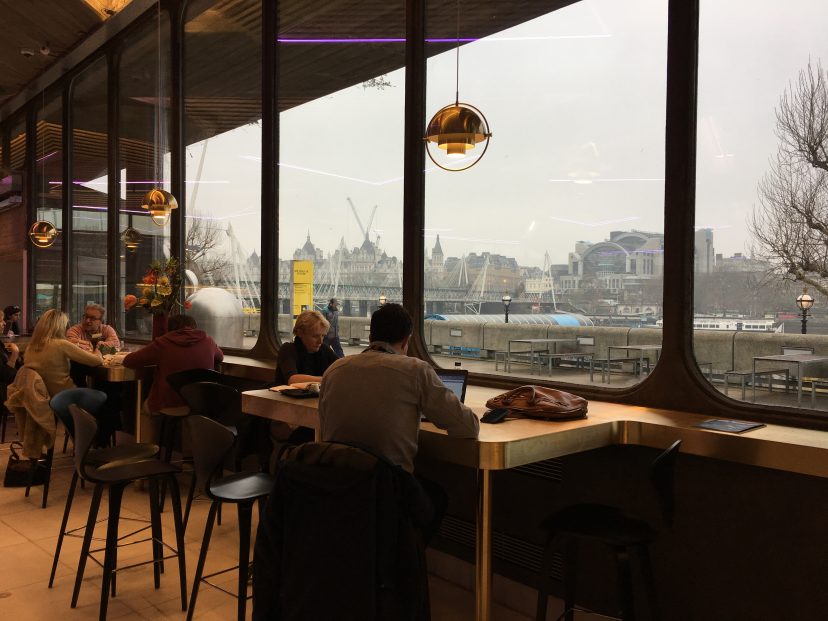
Get in Touch
Contact Sophie or check availability via the links or see Guild of Registered Tourist Guides or Association of Professional Tourist Guides.
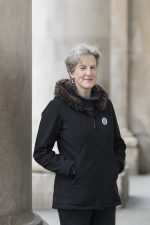
Ask A Question
- © 2025 Sophie Campbell - All Rights Reserved
- Website Designed by The Pixel Parlour

